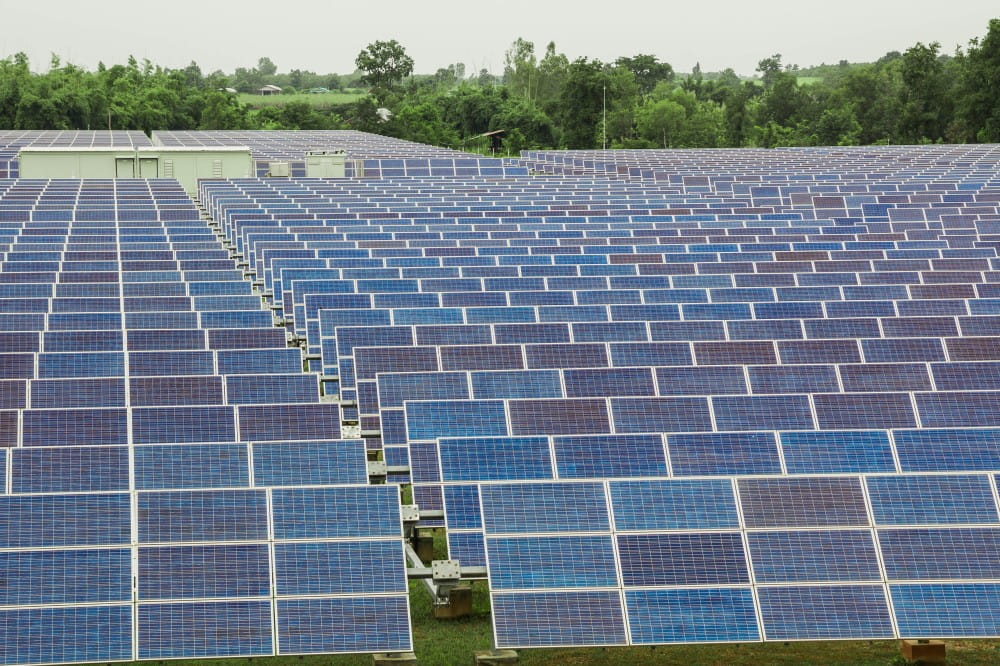Why Repowering Solar Plants Is More Urgent Than You Think

As solar systems age, plant owners face tough questions about long-term performance, reliability and return on investment. Repowering, replacing or upgrading aging inverters, can restore lost efficiency and improve profitability. I sat down with Shyam Lohidakshan, Head of Service Sales and Repowering at SMA America, to break down what repowering really means and why it should be on every operator’s radar.
To view entire interview visit:
TM: What is repowering and why is it important?
SL: Repowering for SMA means replacing or upgrading outdated inverters in a solar project. Inverters are essential to system performance, and they tend to wear out faster than panels. If an inverter fails or the manufacturer stops supporting it, the entire system can suffer. Repowering brings the system back to its original output levels and helps avoid costly downtime or energy losses.
TM: When should plant owners start thinking about repowering?
SL: Ideally, before something fails. If your system is 15, 10, or 5 years old, it is worth having an assessment done. Too many owners wait until performance drops or a failure occurs, but by then you may be facing long delays, missed revenue or expensive emergency repairs. Acting early allows for smarter planning, fewer disruptions, and better financial outcomes.
TM: What kind of improvements can repowering deliver?
SL: You get a more reliable and efficient system. Repowering reduces the need for spare parts, eliminates extended diagnostics and often results in lower operating costs. It also helps keep the price per kilowatt hour low over the system’s lifetime. In grid-tied systems where capacity is fixed, repowering is often the only way to improve output without changing the overall footprint.
TM: What does the engineering process look like?
SL: It depends on the system, but we typically look at things like MPP input voltage and current, panel degradation, output voltage, short circuit current, transformer compatibility and local installation codes. It takes expertise, but with the right team, we can develop a plan that aligns with the plant’s structure and financial goals.
TM: Do SMA systems need to be repowered often?
SL: Not usually. SMA inverters are designed for long-term performance, so we do not see many failures early in their life. Most of the repowering work we do is for systems built with inverters from other manufacturers that are no longer supported or have reached the end of their usable life.
TM: What are some of the common concerns owners have?
SL: Many are concerned about complexity and cost. But repowering does not have to mean tearing everything apart. In many cases, we can keep the AC and DC side intact. We also offer the option to phase the project, which spreads out the effort and budget over time.
TM: What role does SMA play in making this process easier?
SL: We assess each plant individually and offer tailored solutions that fit the existing design. We also help customers understand their options, including warranty extensions and system upgrades. Our goal is to maximize availability, extend system life and position plants for future technologies like storage or grid services.
TM: What advice would you give to plant operators considering repowering?
SL: Do not wait for a failure. Start the conversation early. A quick evaluation can give you a clear idea of where your system stands and what steps can protect your investment. Repowering is not just about fixing something broken. It is about making the system better and more profitable over the long term.
For more information about SMA Repowering click here to read our brochure or email Shyam at shyam.lohidakshan2@sma-america.com.

Feel free to contribute!